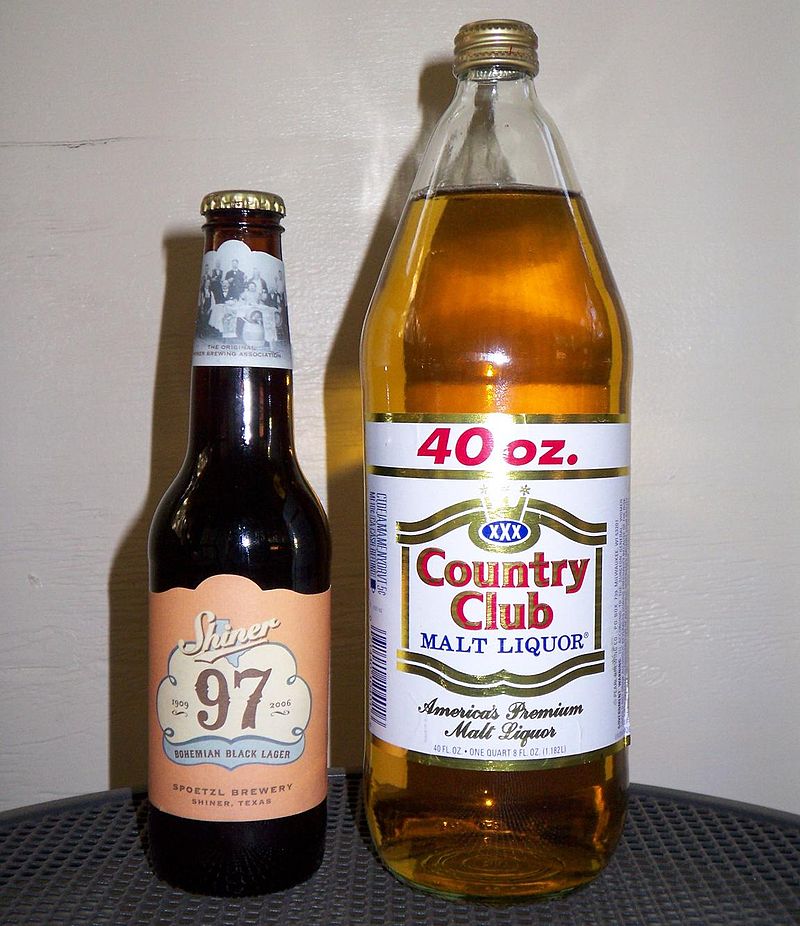Distillery Characteristics Revealed: a Trip Via the Scientific Research and Art of Spirits Production
As the drapes are drawn back on the intricate globe of distillery characteristics, a remarkable realm emerges where scientific research and art assemble to develop the spirits we enjoy. The marriage of custom and advancement in spirits production unveils a tapestry woven with strings of workmanship and technical advancements.
The Chemistry of Purification
The chemistry of purification, a basic procedure in the production of spirits, entails the splitting up of elements based on their different boiling factors. This distilled fluid, understood as the "heart cut," has the desired alcohol material and flavor compounds.
Throughout purification, three main fractions are gotten: the "heads," which have unstable compounds and higher alcohols that can be hazardous if eaten in big amounts; the "hearts," the treasured part with the preferred ethanol and flavor profile; and the "tails," which contain much heavier substances and fusel alcohols. Competent distillers have to meticulously keep track of the temperature and flow prices to separate these fractions successfully, ensuring a top notch end product. The chemistry of purification is a delicate interplay of warmth, vaporization, and condensation that changes a simple fluid blend into a complicated and improved spirit.
Artisanal Craftsmanship in Spirits Making
In the middle of the globe of spirits production, artisanal workmanship plays a pivotal duty in elevating the quality and personality of distilled beverages (Galveston Whiskey). Artisanal craft distillers concentrate on small-scale, hands-on production approaches, typically using standard techniques that have actually been given through generations. These dedicated craftsmen and females prioritize top quality over amount, paying precise attention to every step of the distillation procedure
Artisanal workmanship in spirits making entails a deep understanding of the raw materials utilized, such as grains, fruits, or botanicals, and exactly how their qualities affect the last product. From selecting the finest ingredients to very carefully monitoring purification, fermentation, and aging, artisans instill their spirits with passion and knowledge.
In addition, artisanal craft distillers frequently embrace trial and error and development, pushing the borders of traditional spirits manufacturing. They might present one-of-a-kind taste accounts by integrating locally sourced components or using imaginative aging methods. This dedication to creative thinking and excellence cause spirits that are not only of phenomenal quality but also showcase the creativity and originality of the distiller.
Innovations in Aging Techniques

One prominent technology getting grip is the usage of smaller sized barrels for aging spirits. By increasing the surface area-to-volume proportion, smaller sized barrels give tastes a lot more quickly, causing an extra extreme growth process. This method is particularly preferred amongst craft distillers seeking to generate top quality spirits in a shorter timeframe.
Furthermore, distillers are progressively transforming to alternative timber types, such as cherry or acacia, to present unique tastes to their aged spirits. These non-traditional woods supply an unique flavor profile, establishing their products apart in an open market.
Additionally, advancements in modern technology have enabled distillers to check out accelerated maturing approaches, such as ultrasound or temperature level and stress variations. These techniques enable specific control over the aging process, leading to innovative flavor accounts that push the borders of typical spirits manufacturing.

The Duty of Yeast in Fermentation
A necessary element of the fermentation process in distilling is the duty played by yeast. Yeast, a single-celled microbe, is critical in converting sugars into alcohol and co2 throughout fermentation. In the context of distilling spirits, yeast plays a crucial function in the production of ethanol, which is the main alcohol in many alcohols.
Yeast attains this through the process of anaerobic respiration, where it metabolizes sugars such as sugar and fructose read the full info here into ethanol and carbon dioxide. Different strains of yeast can present distinct flavors and fragrances to the last spirit, adding to the complexity and character of the distilled item. Distillers carefully select yeast strains based on their wanted taste profile and fermentation attributes.
The fermentation process can last anywhere from a couple of days to a few weeks, relying on aspects such as yeast pressure, sugar, and temperature level material. Monitoring and regulating the fermentation procedure are important to make certain ideal yeast task and alcohol manufacturing. Overall, yeast is a fundamental player in the alchemical transformation of raw active ingredients right into the perky elixirs enjoyed by customers worldwide.
Lasting Practices in Distilleries
Distilleries are progressively recognizing the relevance of adopting eco-friendly measures throughout the manufacturing procedure. Distilleries need substantial amounts of water for various stages of manufacturing, and executing water recycling systems or using rain harvesting techniques can significantly decrease water use and minimize the distillery's total environmental impact.
Distilleries are exploring cutting-edge methods to repurpose spin-offs such as spent grains or purification residues, transforming waste right into sources through techniques like animal feed manufacturing or composting. By accepting lasting methods, distilleries can not just reduce their environmental influence however additionally allure to eco conscious consumers and contribute to a much more sustainable future for the market.
Final Thought
From the chemistry of distillation to the function of yeast in fermentation, distilleries are regularly experimenting and innovating to create high-quality spirits. The combination of custom and innovation in spirits production highlights the intricacy and creative thinking included in this old craft.
As the drapes are attracted back on the elaborate world of distillery characteristics, a remarkable world arises where scientific research and art merge to produce the spirits we savor.The chemistry of purification, an essential process in the manufacturing of spirits, includes the separation of elements dig this based on their various boiling factors.Moreover, artisanal craft distillers typically embrace experimentation and development, pushing the limits of traditional spirits manufacturing. In the context of distilling spirits, yeast plays a critical role in the production of ethanol, which is the primary alcohol in the majority of alcoholic drinks.
From the chemistry of distillation to the role of yeast in fermentation, distilleries are continuously innovating and trying out to produce top about his quality spirits.